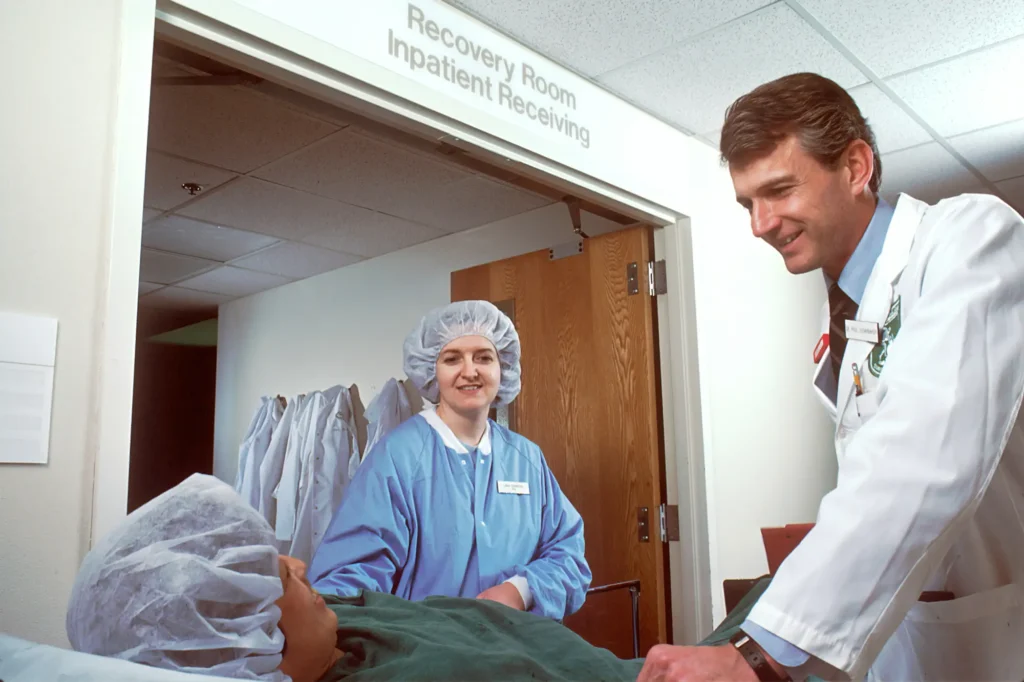For most men, vasectomy recovery is smooth: a few days of soreness, maybe some bruising, and then life returns to normal. But some men worry about a complication they’ve seen mentioned online: Post-Vasectomy Pain Syndrome (PVPS). What is it, how common is it, and what can be done if it happens? Here’s what the research actually shows.
What Is PVPS?
PVPS refers to chronic testicular or scrotal pain that lasts longer than three months after vasectomy. The pain can range from mild to severe and may be constant or occur only during certain activities (like sex, exercise, or ejaculation).
How Common Is PVPS?
The fear of PVPS is widespread online, but studies show it is much less common than most people think:
- Short-term pain: Up to 30-40% of men experience some level of discomfort in the first weeks or months after vasectomy. This is normal healing pain, not PVPS.
- Chronic PVPS: Only about 1-2% of men develop long-term pain that interferes with daily life or requires medical treatment.
- Regret due to PVPS: Extremely rare most men who experience mild discomfort still report being satisfied with their vasectomy.
In other words: PVPS is real, but most men never experience it. For those who do, effective treatments are available.
What Causes PVPS?
Doctors don’t fully understand why some men develop PVPS, but possible causes include:
- Congestion of sperm: Pressure can build up in the epididymis when sperm have nowhere to go.
- Nerve irritation: Nerves in the scrotum may be affected during healing.
- Sperm granulomas: Small lumps that form when sperm leak from the vas deferens (usually harmless, sometimes tender).
- Scar tissue: Rarely, scar formation can irritate surrounding tissue.
What Are the Symptoms?
Men with PVPS may experience:
- Dull ache or sharp pain in the testicles or scrotum
- Pain during ejaculation or sexual activity
- Swelling or tenderness in the scrotum
- Pain that worsens with exercise or prolonged sitting
If pain is persistent, severe, or interfering with daily life, it’s time to see a urologist.
Treatment Options for PVPS
The good news: PVPS is treatable. Options include:
- Conservative management: Anti-inflammatory medications, warm baths, supportive underwear, or physical therapy can help many men.
- Nerve blocks: Temporary injections that relieve pain by calming irritated nerves.
- Surgical options: In rare cases, procedures such as vasectomy reversal, epididymectomy (removal of the epididymis), or nerve decompression may be recommended.
Most men who seek treatment improve significantly with conservative measures and never need surgery.
How to Reduce Your Risk
- Choose an experienced provider complication rates are lowest with skilled surgeons.
- Follow recovery instructions carefully (rest, ice, supportive underwear, avoid overexertion).
- Communicate with your doctor if pain lasts beyond the first few weeks.
Final Thoughts
Post-Vasectomy Pain Syndrome is a real condition, but it is rare affecting only about 1-2% of men. For the vast majority, vasectomy recovery is uneventful, and satisfaction rates remain above 90%. If PVPS does occur, there are multiple treatment options available, from simple medication to advanced surgical techniques.
Learn more in our guides:

